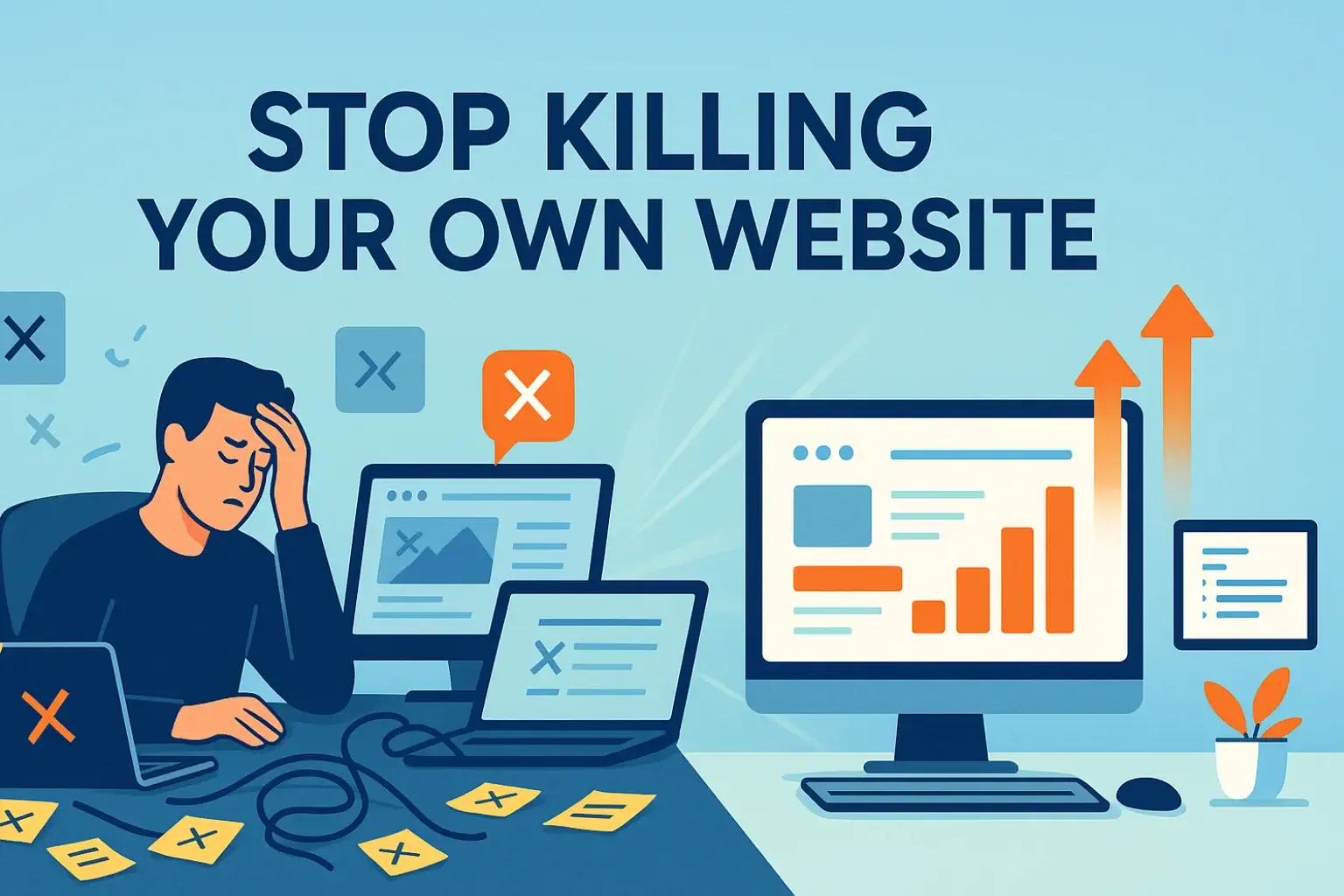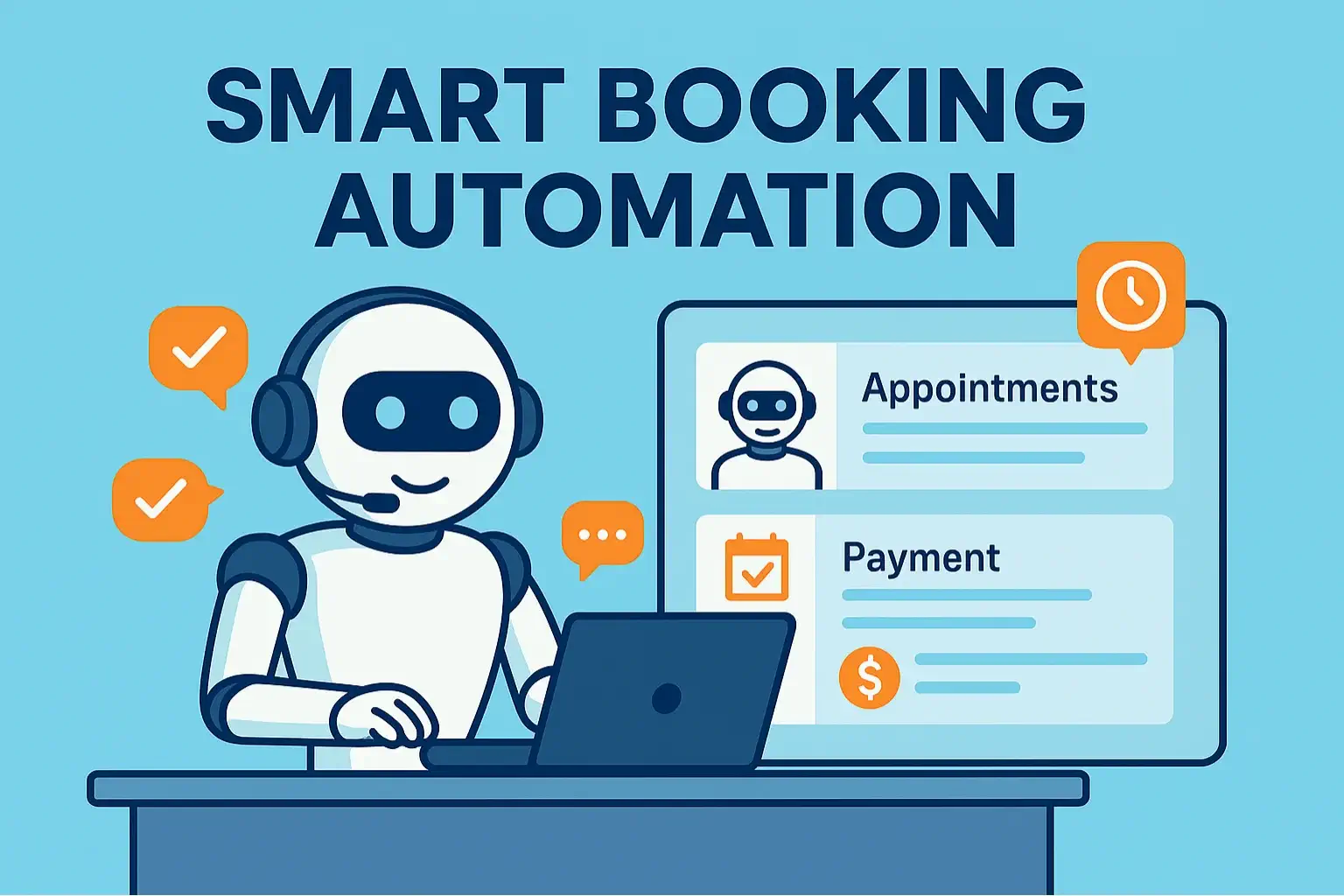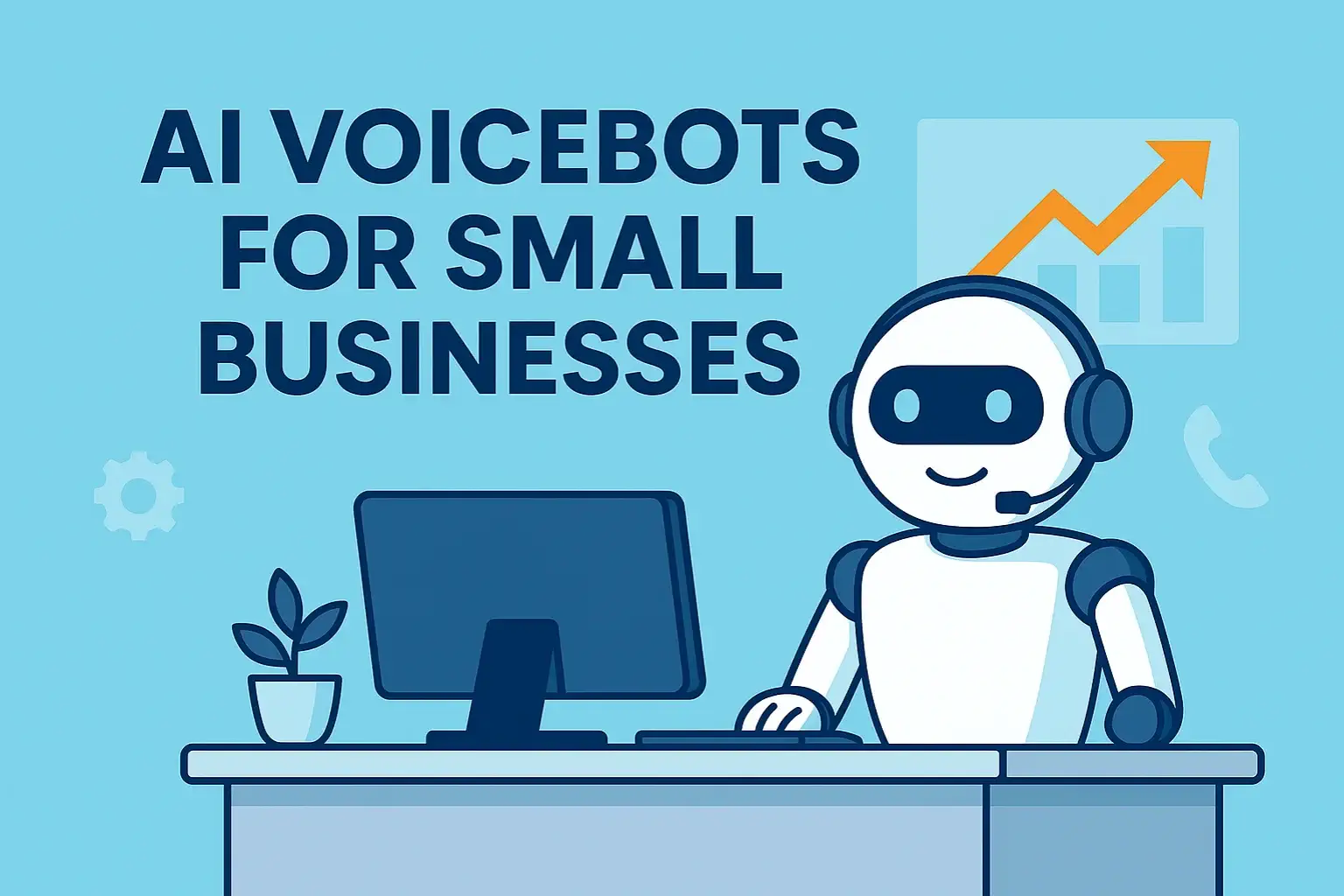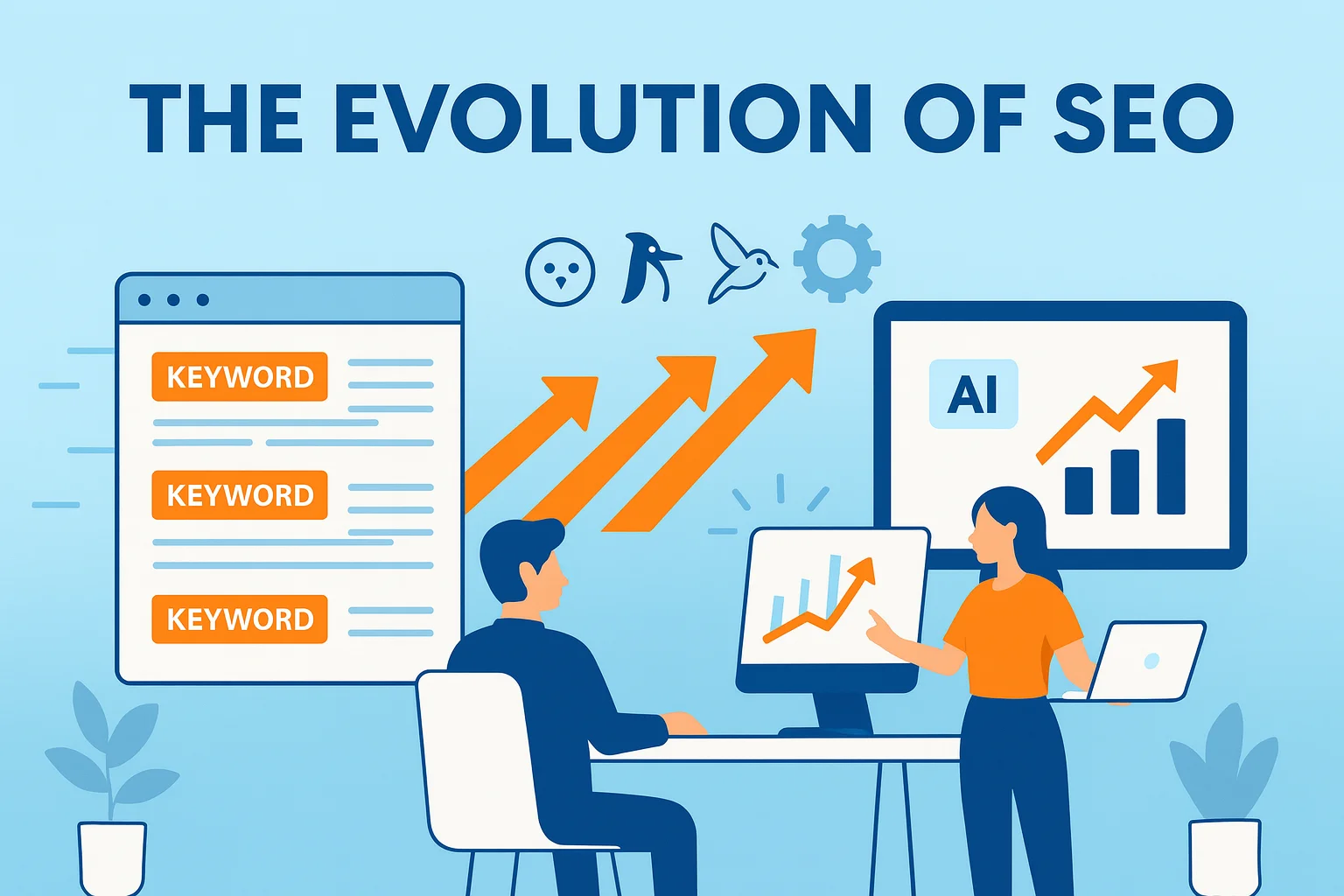Avoid the chaos, trust the process, and build a website that actually works long term.
Table of Contents
- Introduction: Why It Matters
- Step 1: Start With Clear Goals
- Step 2: Trust Your Developer
- Step 3: Build Solid Foundations
- Step 4: Prepare Content Early
- Step 5: Communicate Consistently
- Step 6: Approve and Move Forward
- Step 7: Respect the Process
- Step 8: Focus on Strategy
- Step 9: Keep Working After Launch
- Step 10: Don’t Be the Bottleneck
- Final Thoughts
- Frequently Asked Questions
Introduction: Why Knowing How to Work With a Web Developer Matters
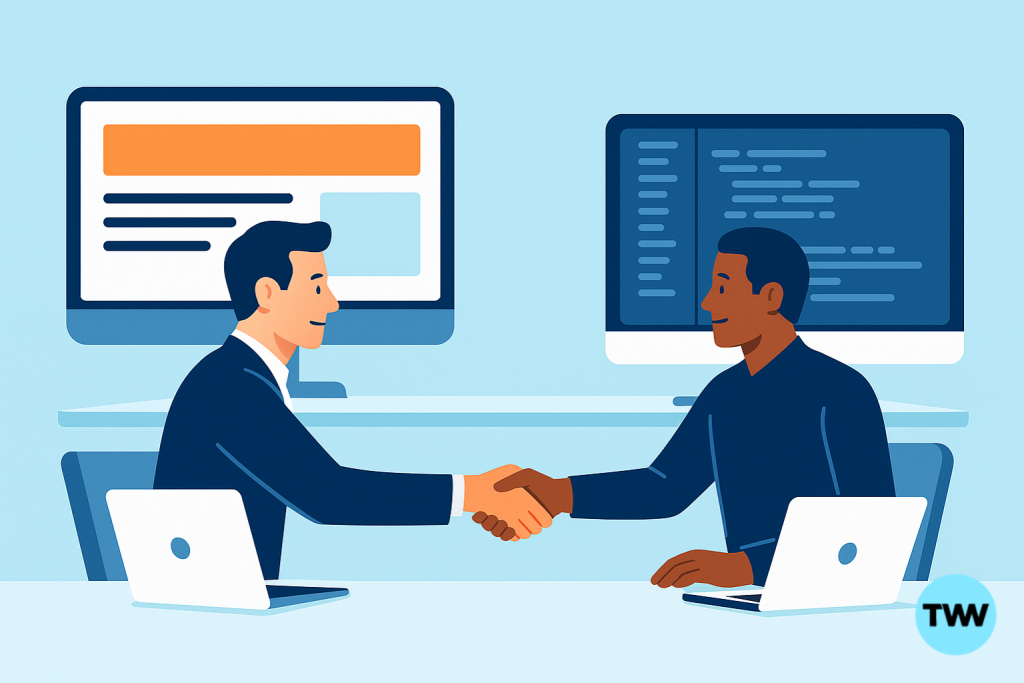
Knowing how to work with a web developer can mean the difference between a smooth project and a frustrating one. Many clients start with enthusiasm and great intentions, convinced the process will be quick. However, once the real work begins, communication slows, and projects stall.
From a developer’s point of view, this happens far too often. Clients go from eager to unresponsive, and that loss of momentum kills creativity and progress.
When you learn how to work with a web developer effectively, you get faster results, better performance, and a more enjoyable experience for both sides. Treat it as a partnership, not a transaction, and the payoff will be huge.
Step 1: How to Work With a Web Developer Starts With Clarity
Before any design or code begins, get clear on your goals.
Do you want to generate leads, increase sales, or build credibility? When you know exactly what success looks like, your developer can focus their strategy and design around achieving that outcome.
Bring examples of websites you admire and explain what works for you. In addition, note what doesn’t. Clarity avoids endless revisions later and gives your developer the direction they need to do their best work.
Step 2: Trust Your Web Developer’s Experience
When you hire a professional, trust them to do what they do best.
You’re paying for expertise, not just execution. Developers and digital agencies bring years of knowledge about what works, what fails, and why. Their recommendations on design, structure, and flow come from hard-earned experience.
Instead of insisting on personal preferences, ask why they’re suggesting certain options. You’ll often find their reasoning leads to better performance and long-term results.
Step 3: Build Solid Website Project Foundations With Your Developer
Every great website starts with solid structure. Skipping this stage almost always leads to problems later.
Why Strong Website Structure Matters
Your sitemap, navigation, and content hierarchy are your site’s backbone. If you rush this, the entire experience will suffer. A poorly planned structure impacts SEO, usability, and scalability.
When you invest time in planning, everything else becomes easier. As a result, your site will be easier to manage, easier to expand, and more user-friendly over time.
Planning With Your Web Developer for Long-Term Success
A good developer plans strategically. They’ll help you map user journeys, plan keyword structure, and ensure the site performs well across all devices.
Knowing how to work with a web developer means respecting this phase. A strong foundation ensures everything else flows smoothly and efficiently.
Step 4: Prepare Your Content Early When Working With a Digital Agency
Most website projects stall because of missing content.
No matter how good the design is, your site can’t go live without the words and images that make it complete. Therefore, prepare your content early.
If your developer provides copywriting or image sourcing, give feedback quickly. On the other hand, if you’re handling it yourself, create a realistic timeline and stick to it. Consistent progress keeps your project on track and your developer focused.
Step 5: Communicate Clearly When Working With a Web Developer
Communication is the glue that holds everything together.
If your developer emails or messages you, respond quickly. Silence kills energy and momentum. Scattered feedback across texts, calls, and emails creates confusion. Instead, keep all communication in one shared platform like Trello or Basecamp.
Be concise. For example, instead of saying, “I’m not sure I like it,” say, “Can we make the heading more direct to match our tone?” The clearer your input, the better your outcome.
Step 6: Approve Quickly to Keep the Web Design Process Moving
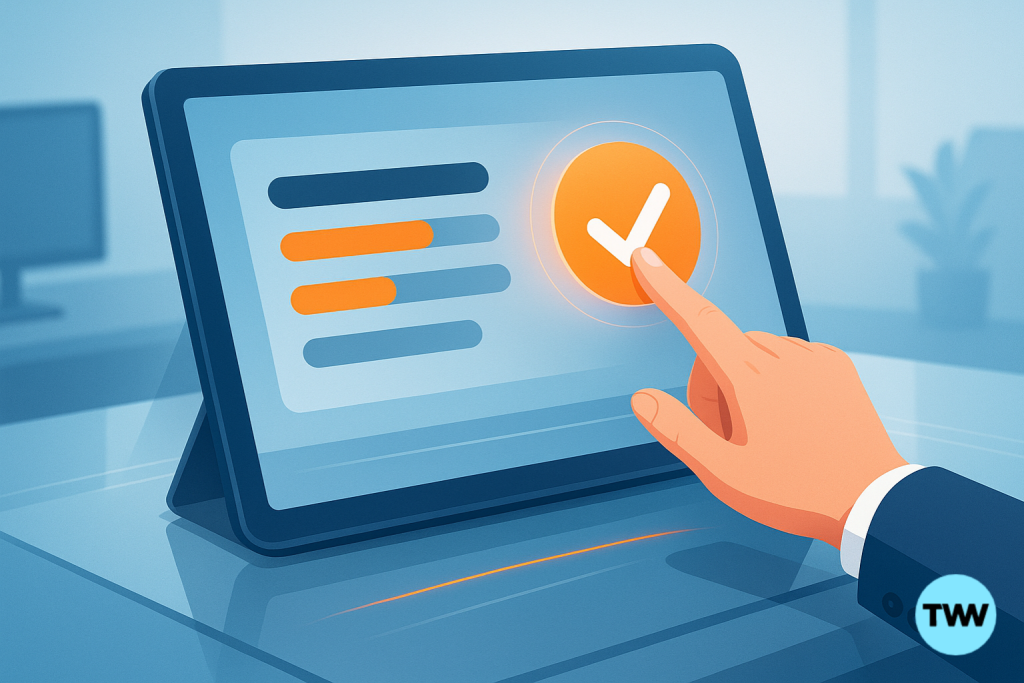
Every stage of the web design process depends on the previous one.
When approvals drag, projects lose pace and priority. Your developer’s creative energy is highest when the feedback loop is tight. Therefore, review work promptly and make confident decisions.
Quick approvals not only save time but also keep your website near the top of your developer’s workload. The faster you respond, the faster your project moves forward.
Step 7: Respect the Web Development Process
Every professional has a system that works. Web developers are no different.
Each stage — strategy, design, development, testing, and launch — exists for a reason. When you cut corners, it often leads to rework, bugs, or missed deadlines.
When you allow your developer to follow their proven process, you’re investing in quality and reliability. As a result, your site will perform better, load faster, and last longer.
Step 8: Focus on Strategy When Building a Website the Right Way
A beautiful website without a clear strategy is wasted potential.
Your developer’s role is not just to make things look good but to make them work. Therefore, consider how your site will attract visitors, capture leads, and encourage conversions.
Ask about SEO, calls-to-action, and analytics. When you align design with strategy, your website becomes a real business tool — not just digital decoration.
Step 9: Keep Working With a Digital Agency After Launch
Launching your website isn’t the end of the project. It’s only the beginning.
Websites require regular updates, maintenance, and SEO optimization to stay relevant. Because algorithms and user behavior evolve, your site must evolve too.
Working with your developer after launch ensures continued performance and protection against security risks. In addition, it keeps your site aligned with your business goals as they change.
Step 10: Don’t Be the Bottleneck in Your Website Project
Don’t be the reason your project slows down.
Stay organized, respond quickly, and make decisions. Every delay on your end pushes the project back. Your developer’s job is to build your vision — not chase feedback.
When you stay proactive, your developer stays motivated. As a result, you’ll both enjoy the process and create something you’re proud of.
Final Thoughts on How to Work With a Web Developer
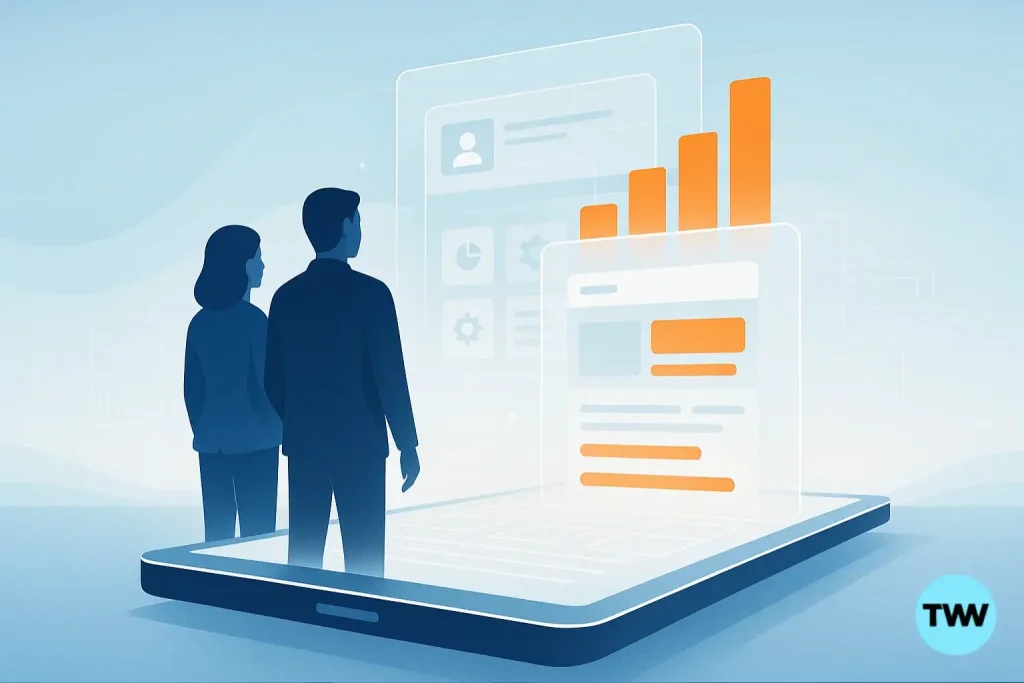
Understanding how to work with a web developer the right way is the secret to faster, smoother, and more rewarding projects.
When you communicate clearly, trust their expertise, and respect their process, your website becomes more than a digital brochure — it becomes a powerful business asset.
Collaboration beats control. Partnership beats micromanagement. Work with your developer, not against them, and watch your online presence grow.
Frequently Asked Questions About Working With a Web Developer
1. What’s the best way to work with a web developer?
Treat it as a partnership. Be clear about your goals, communicate often, and respect their process. Understanding how to work with a web developer properly leads to faster results and stronger websites.
2. Why is getting the structure right so important?
A solid structure forms the foundation of your website. It affects SEO, user experience, and scalability. Getting this right early saves time and frustration later.
3. How long does it take to build a website the right way?
Most professional websites take six to twelve weeks, depending on project scope and feedback speed. Rushed work almost always leads to weak performance later.
4. What should I expect from the web design process?
You’ll go through stages like planning, design, development, testing, and launch. Each one builds on the last.
5. How can I get the best results from my web developer?
Stay involved, provide feedback quickly, and trust their expertise. Consistent communication keeps momentum strong.
6. What causes most website projects to stall?
Missing content and delayed approvals cause most delays. Staying organized and responsive prevents this.
7. Should I hire a digital agency or a freelancer?
Freelancers suit smaller projects. Agencies offer full-service support, including design, development, SEO, and ongoing strategy.
8. How often should I update my website after launch?
Review your site monthly. Add fresh content, monitor analytics, and update SEO regularly to stay competitive.




